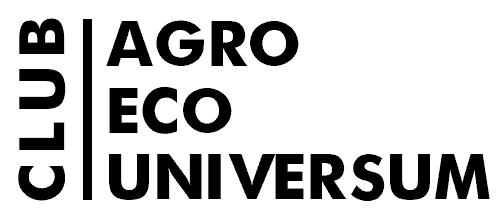Architecture of the new millennium: useful walls for your everyday life
We are used to living in the houses with the walls made of traditional materials such as wood, brick, etc. However, technology does not stop: in the latter half of the XX century these materials were substituted for glass and concrete to design unusual shapes but the functionality of walls has not changed.

At the same time, people instinctively tend to make their surroundings more similar to the natural environment. One option is interior greening which involves bringing in green plants, flowers, aquariums, etc. Although these items are beautiful, they require more space and only in part can be incorporated into human ecosystem and into a house.
As the followers of progressive and applied areas in science and technology, we offer to continue human ecosystem development in the created by them environment. Our experts suggest a new solution – devices which combine both practical use and architectural composition. What’s more, they are one step closer to the autonomous eco-house.
 Imagine your home walls performing the following functions: light conversion (common indoor light) into useful energy and products, wastewater treatment, reduction of detrimental indoor gases (e.g. carbon dioxide which triggers a headache according to many studies), oxygenation, and also the alteration of light permeability.
Imagine your home walls performing the following functions: light conversion (common indoor light) into useful energy and products, wastewater treatment, reduction of detrimental indoor gases (e.g. carbon dioxide which triggers a headache according to many studies), oxygenation, and also the alteration of light permeability.
Stylish living panels on building facades as a part of living architectural composition. Your home will be alive in the most positive sense.
The name of this masterpiece and eco-friendly architecture is photobioreactors. Tell your architect about it and our experts will take care of all technical and functional issues.
No more empty words. Just have a look at such examples as the Los Angeles Convention Center, Heliotrop in Schwarzwald and BIQ Building in Hamburg.

References:
- Pruvost J. et al. Theoretical investigation of microalgae culture in the light changing conditions of solar photobioreactor production and comparison with cyanobacteria //Algal Research. – 2015. – Т. 10. – С. 87-99.
- Pruvost J. et al. Microalgae culture in building-integrated photobioreactors: Biomass production modelling and energetic analysis //Chemical Engineering Journal. – 2016. – Т. 284. – С. 850-861.
- Wurm J. Developing bio-responsive façades: BIQ house — the first pilot project. Arup J 2013;90:5.
- Elrayies G. M. Microalgae: Prospects for greener future buildings //Renewable and Sustainable Energy Reviews. – 2018. – Т. 81. – С. 1175-1191.
